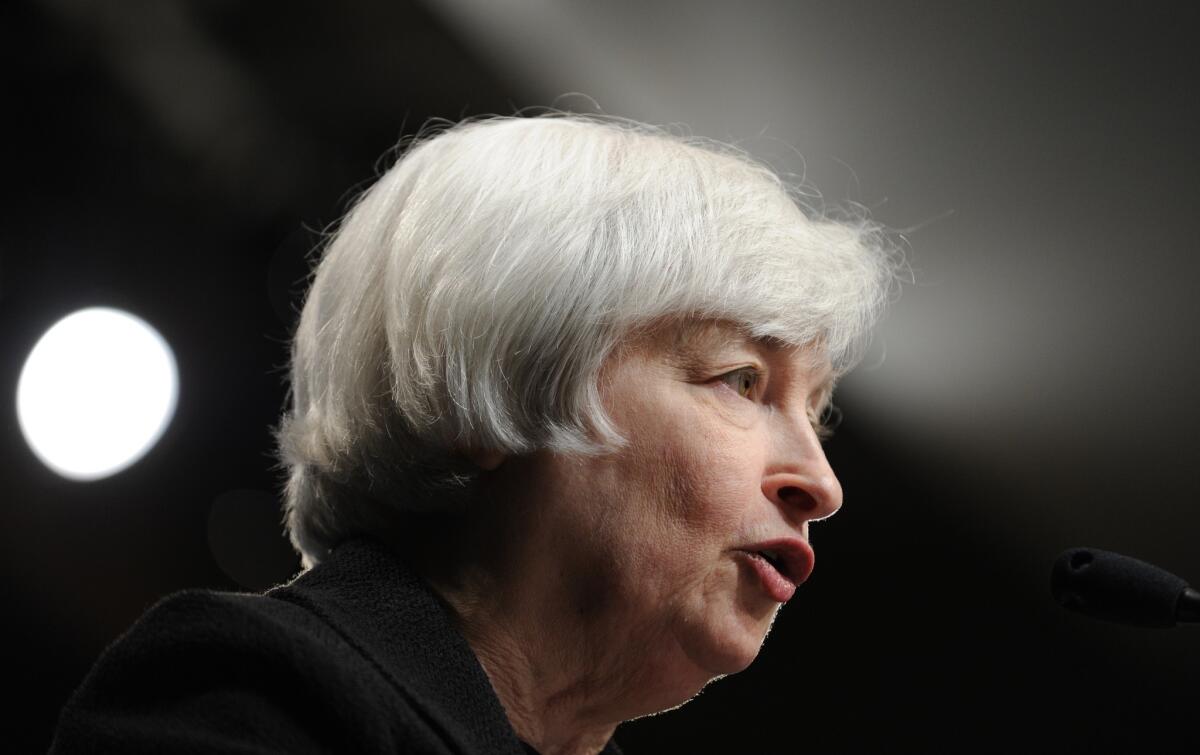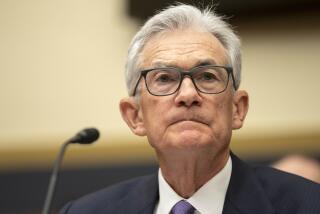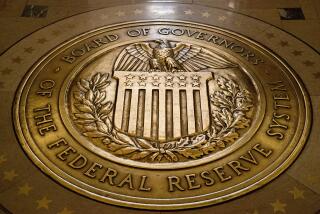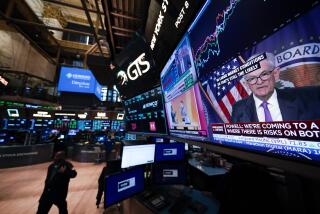Fed split on signals for first rate increase

Federal Reserve officials had differing views in June on the best way to signal to financial markets when they might raise a key short-term interest rate. They were in broad agreement, however, that their monthly bond buying program will end in October.
Minutes of the Fed’s June 17-18 meeting released Wednesday showed officials split between those who wanted to communicate that the Fed remains concerned that inflation is rising too slowly and those who were worried that the economy might rebound faster than currently expected.
In the end, the Fed statement stuck to the current guidance that rates will probably remain low for a “considerable time” after the bond purchases end.
On the bond purchases, Fed officials supported the view that the last reduction would probably total $15 billion in October.
The minutes also showed that Fed officials discounted the big drop in economic growth in the first three months as a slump that reflected temporary factors. They continued to express optimism that the economy will rebound to healthy growth rates for the rest of this year.
But the minutes revealed that several Fed officials saw developments in Iraq and Ukraine “as posing possible downside risks to global economic activity or potential upside risks to world oil prices.”
At its last meeting, the Fed kept policy essentially unchanged, holding its key short-term interest rate at a record low near zero, where it has been since December 2008. It also made a fifth $10-billion reduction in its monthly bond purchases, bringing them down to $35 billion a month. Before the reductions began in December, the purchases, aimed at keeping long-term interest rates low, were $85 billion per month.
The minutes showed that Fed officials discussed whether the last reduction in purchases might total $15 billion or $5 billion. According to the minutes, the participants said it would be appropriate to reduce the bond purchases by $15 billion in the last move, which would occur at the October meeting, rather than hold off and make a final $5 billion reduction in December.
But Fed officials stressed that action did not signal an earlier move to start boosting its short-term rates.
Most private economists believe the Fed’s first rate hike will not occur until next summer, although some analysts believe that move will occur a few months sooner if the labor market continues to show healthy gains in employment.






